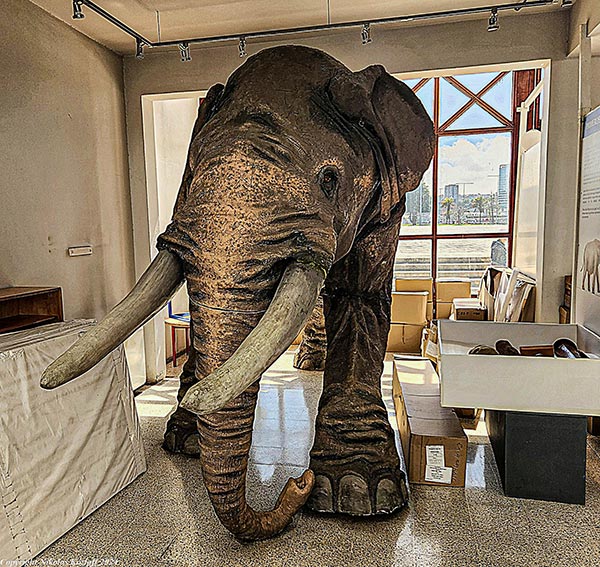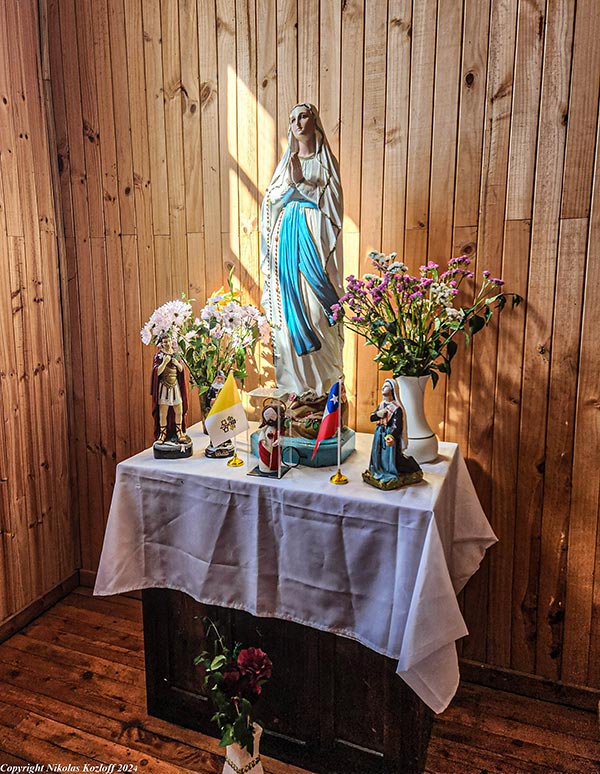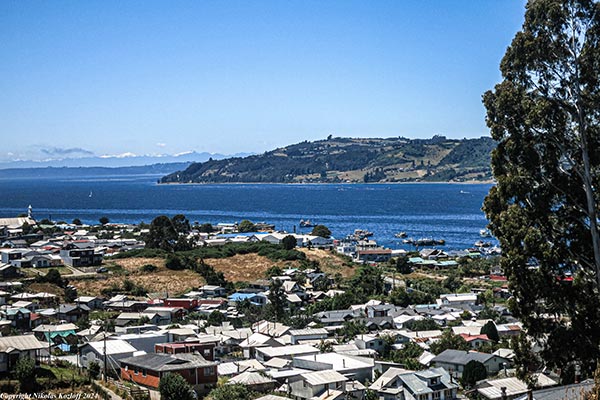
Puerto Montt and Chiloé
From Punta Arenas, I flew north to Puerto Montt where I met with anthropologists, environmentalists and public health officials. In 1834, Darwin visited nearby Chiloé, an island which also encompasses a wider archipelago. Isolated from the rest of the country, Chiloé has developed its own set of syncretic beliefs blending indigenous, Spanish and other traditions.

From Puerto Montt, I took a bus and ferry to Chiloé, an island which fascinated Darwin from local topography to wildlife to idiosyncratic local customs and religion. On Chiloé, Darwin hiked through lush forests and rainstorms. In contrast to his experience in Tierra del Fuego with indigenous peoples, Darwin encountered mestizos in Chiloé. On San Pedro Island, located near Chiloé, the naturalist collected a unique species of fox, which later came to be known as Darwin’s fox. Today, the animal is endangered. Darwin also documented, for the first time, Rhinoderma darwinii or Darwin’s frog. The species is currently in danger of extinction, principally due to loss of native forests which have been replaced by pine and eucalyptus plantations. Global climate change has also placed Darwin’s frog under stress.
Castro, the island capital, displays palafitos, traditional houses built on poles around the shoreline. The island also displays unusual timber-Baroque churches. Darwin perceived Castro as “a most forlorn and deserted place.”




Leave a comment